This ICBM-Launched Satellite Could Transmit Nuclear Codes When Nothing Else Was Left To
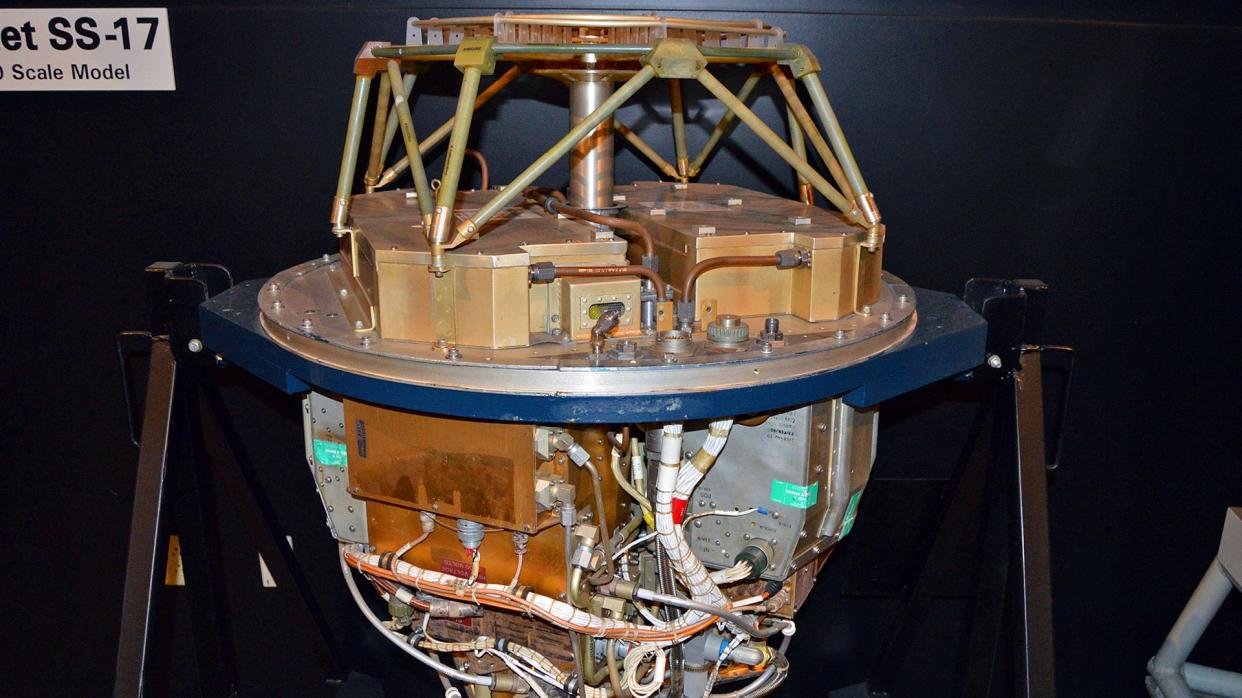
During the Cold War, the U.S. became concerned with the question of how it could initiate the launch of intercontinental ballistic missiles (ICBM) and nuclear-armed bomber strikes should its land-based and airborne command and control systems be destroyed during a nuclear attack. The AN/DRC-8 Emergency Rocket Communications System (ERCS) was the solution.
ERCS was essentially an autonomous nuclear launch code delivery system that would be projected into suborbital space via a rocket. Once there, the system would be able to transmit an Emergency Action Message for up to 30 minutes on any one of ten classified frequencies. Emergency Action Messages direct nuclear forces to initiate pre-planned major and limited attack options. As we've highlighted in the past:
"The AN/DRC-8 Emergency Rocket Communications System (ERCS)... consisted of a UHF signal repeater, capable of broadcasting an Emergency Action Message... with a launch code, on top of a rocket.
During a nuclear attack, the Air Force could fire rockets with the AN/DRC-8, if necessary, which would then fly very low in space across the missile fields broadcasting the launch code. If the operators in the missile alert facilities down below were dead or otherwise incapacitated, one would imagine that the backup system in place would have then received the code and carried out the launch sequence automatically. There still would have had to have been an active decision to employ the ERCS, to begin with."
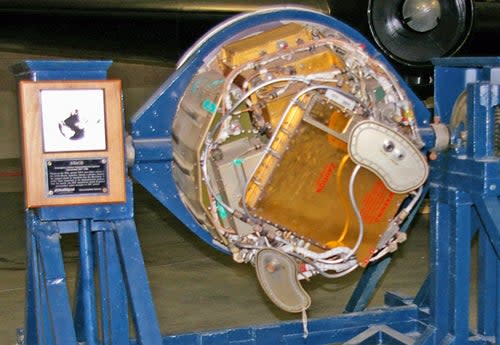
As well as ground-based nuclear command and control centers, from 1967 on, messages transmitted by ERCS could also have gone out to EC-135 Looking Glass airborne command post aircraft, and later E-6B Mercury ‘doomsday planes,’ equipped with the Airborne Launch Control System (ALCS). ALCS can be used to send launch orders to missile control centers, or remotely trigger a launch under certain circumstances.
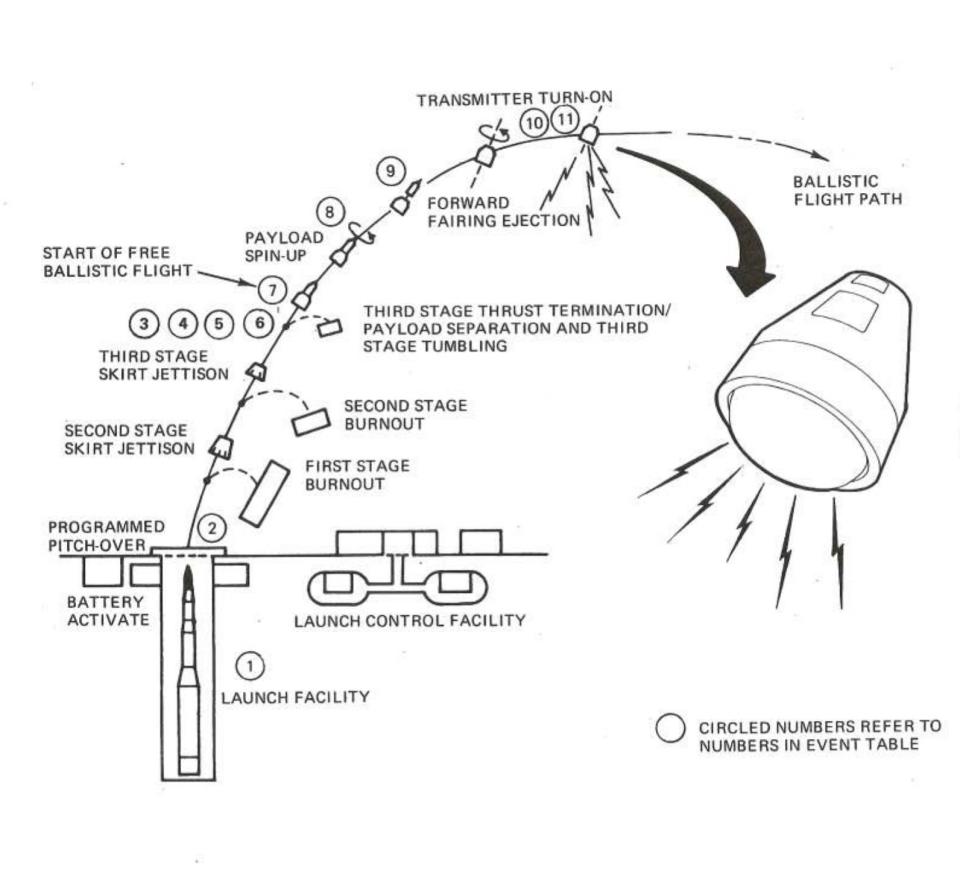
Development of the ERCS began in 1961. On September 21 of that year, Strategic Air Command (SAC) issued a specific operational requirement for the system, which was won by Allied Signal Aerospace Communications Systems. This came amid heightened tensions between the U.S. and the Soviet Union, particularly over the threat of deploying nuclear weapons. Just a few years prior, in 1959, the Pentagon devised the Defense Condition (DEFCON) system as a way to raise military alert levels on a systematic, coordinated basis in anticipation of a nuclear attack.
Initially the AN/DRC-8 payload was launched via Blue Scout Junior rockets, originally designed to support various scientific research efforts, although this was an interim system. The Blue Scout Junior version of ERCS, also known as Project 279, began to take shape in December 1961 when an initial configuration was finalized consisting of three Blue Scout Junior rockets with one-kilowatt transmitters stationed around Omaha, Nebraska.
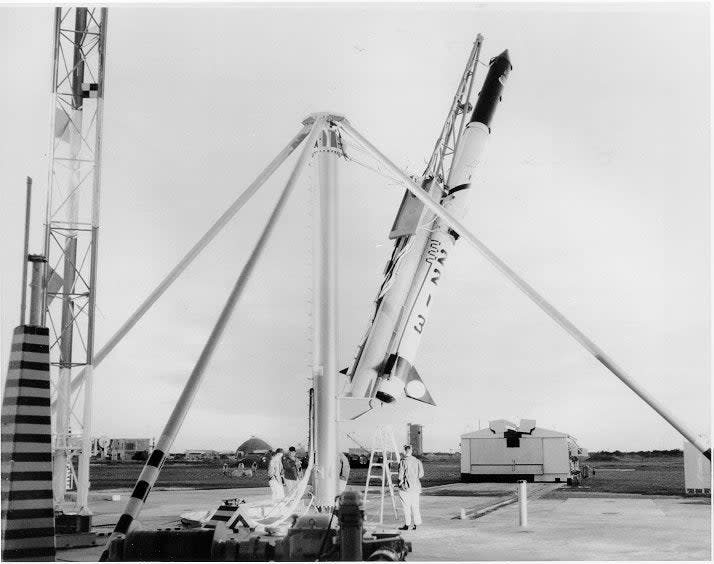
The first successful test launch of the system took place at Vandenberg AFB, California, on May 31, 1962. In July of that year, Project 279 reached Initial Operating Capability (IOC) when three UHF signal repeaters were attached to three Blue Scout Junior rockets at sites in Wisner, West Point, and Tekamah, Nebraska.
In July of 1963, the Air Force declared the three Blue Scout Junior rocket launch sites around Nebraska operational as a stop-gap measure, while testing at Vandenberg AFB continued with ERCS until December 1963. Prior to this, however, SAC had already begun planning the move away from Blue Scout Junior rockets as a means of launching the ERCS system.
One of the more immediate issues with using the Blue Scout Juniors was their vulnerability. The systems were technically road-mobile, consisting of one trailer with the Blue Scout Junior missile on a launcher and another with the control system required to actually fire it. This would have allowed them to relocate from one location to another to be harder to target. However, they would always be employed from positions above ground and out in the open.
So, in June 1962, SAC proposed that six Minuteman missiles, benefiting from the protection of hardened silos, should be used alongside the Blue Scout Junior rockets to launch ERCS. By September 1962, SAC recommended that Program 279 be eliminated, with the full transfer of ERCS into Minuteman missiles.
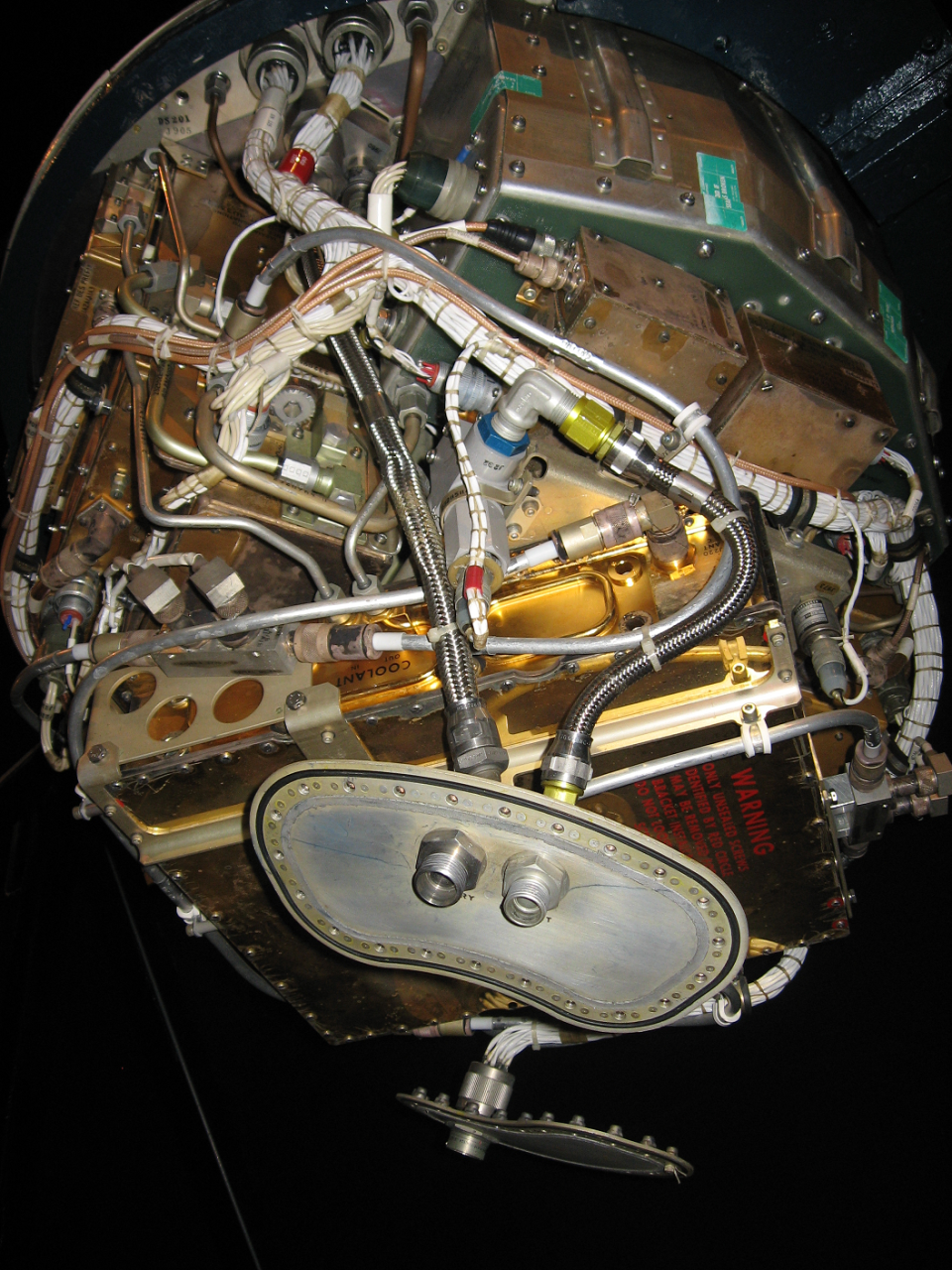
The first successful test launch of the system via a Minuteman missile — the Minuteman version of ERCS was known as Project 494L — came later on December 13, 1966, at Vandenberg AFB. On that date, a Minuteman II ICBM launched an ERCS into space, which transmitted its message successfully before re-entering the Earth’s atmosphere. In late 1967, ERCS became fully operational on six Minuteman II missiles at Whiteman Air Force Base.

The ERCS Minuteman II communications payload section measured approximately eight feet in length and 32.6 inches wide, and weighed around 875 pounds.
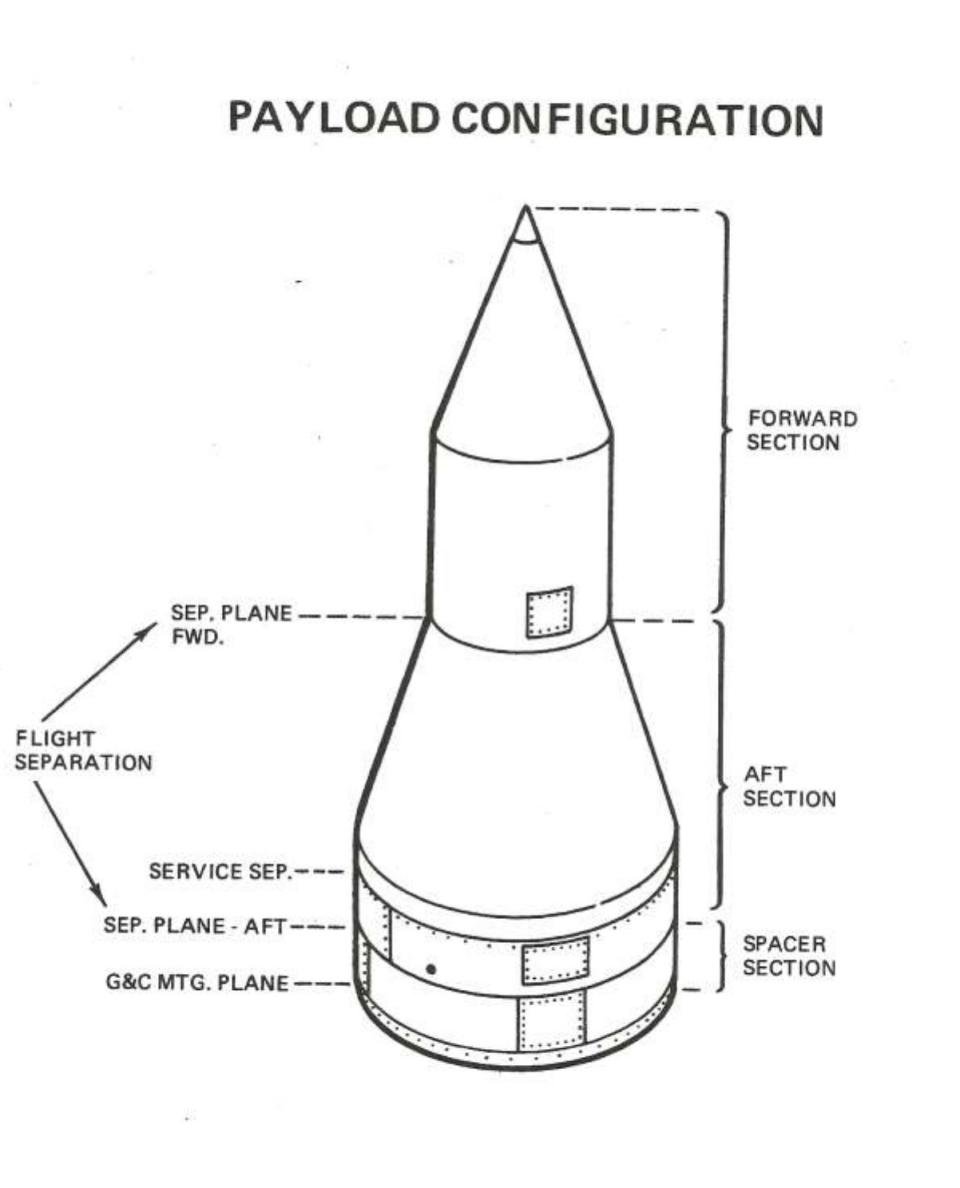
With the Minuteman version, all ERCS-capable Launch Control Centers were able to program with the system via ERCS Control-Monitor consoles. Pre-recorded messages could be stored in the payload for broadcast via cassettes.
There are some great images of the system, its console, and its nose cone which you can view here.
EC-135s in the air were also able to launch ERCS if required via ALCS, adding an additional layer of assurance on top of their ability to communicate with Minuteman ICBM sites directly. In April 1967, a modified EC-135 command post aircraft test launched an ERCS-configured Minuteman II ICBM out of Vandenberg AFB, California, via ALCS.
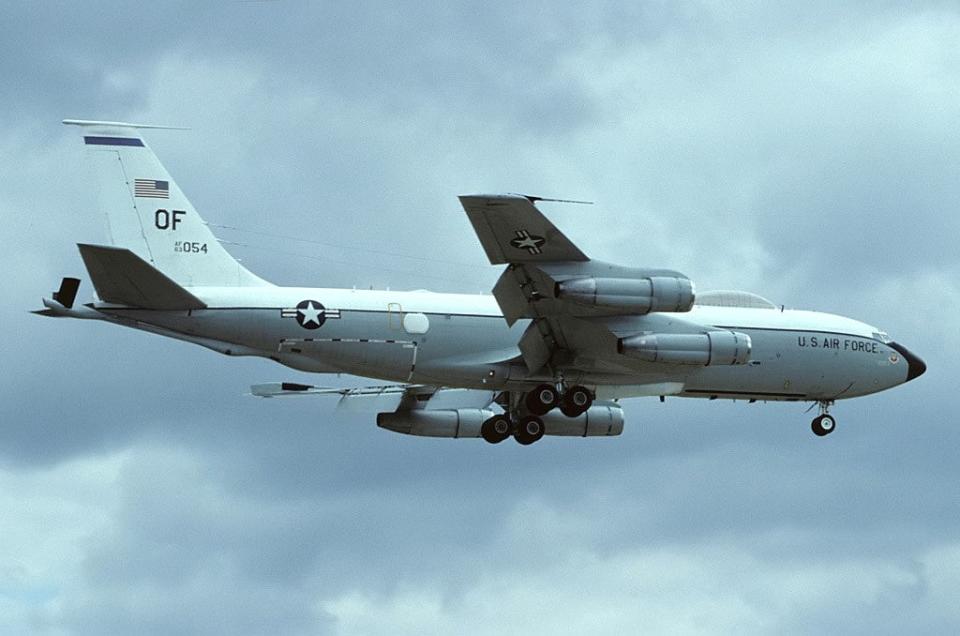
Testing of ERCS continued at Vandenberg AFB into the 1970s. In 1974, for example, an ERCS was launched into space and Pacific Command (PACOM) was able to maintain clear reception of its message for 22 minutes. The last test was performed on October 26, 1977. By the mid-1980s, the ERCS system included up to 12 Minuteman II missiles of Whiteman's 351st Strategic Missile Wing, 510th Strategic Missile Squadron.
In 1991, following President George H. W. Bush’s decision to end the standing nuclear alert due to the ending of the Cold War, the ERCS was deactivated. The 10 remaining ERCS at Whiteman were powered down and removed in late September and October 1991.

From 1980 to 1990, the total number of ERCSs on alert ranged from eight to 10 in any given year, according to Air Force data.
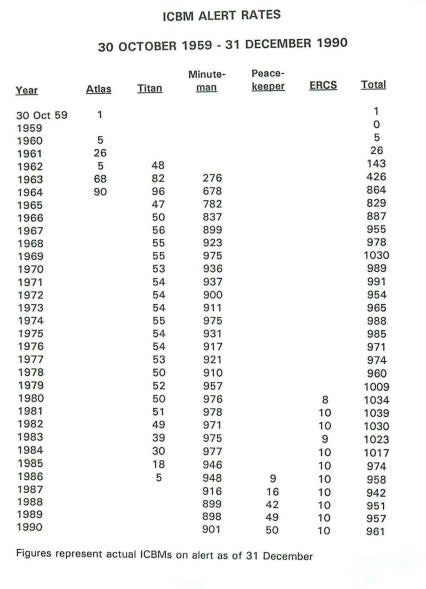
Of course, the U.S. was not the only country to develop a semi-autonomous system for delivering nuclear launch commands. Although the exact specifics of the system remain in question, the Soviets developed and fielded the Perimeter. This was a semi-automatic retaliatory system — a backup option in case the Soviet leadership was wiped out.
For many years, Perimeter was described as a so-called 'dead hand' system that could initiate the launch of nuclear-tipped ICBMs under certain circumstances without any human interaction whatsoever. From what’s known now, as we’ve discussed previously, it actually appears to have had similarities to ERCS, involving rockets carrying a system to communicate launch command instructions to strategic missile forces down below. It also still required human input to initiate the sequence.
While ERCS is no longer functional, the U.S. still retains the ability to remotely send launch orders to control centers in charge of Minuteman III silos via the ALCS on the E-6B Mercury aircraft. The Air Force's three Missile Wings oversee 400 Minuteman IIIs in silos spread across Montana, Nebraska, and North Dakota. E-6Bs can also communicate with the Navy's Ohio class nuclear ballistic missile submarines. You can read more about that specific mission, which is called Take Charge and Move Out (TACAMO), here.
The U.S. military has been working towards upgrading and improving the capabilities of its nuclear command and control architecture in recent years. This is in part to help defend critical systems against various threats, including cyberattacks, but to also update the arsenal for better deterrence in the face of changing technologies. New strategic weapons like the LGM-35A Sentinel ICBM are on the horizon.

The future of the ALCS remote launch concept is not entirely clear at present. The U.S. Navy is looking to field a new C-130-based aircraft to take over the TACAMO mission from the E-6B fleet, which is set to be retired. However, those aircraft will not have ALCS or otherwise be configured to support the Air Force's strategic "Looking Glass" Airborne Command Post (ABNCP) mission. The Air Force has not yet elaborated on its plans for how it will continue to perform what has long been a no-fail mission.
Although the United States' ERCS thankfully never needed to be used operationally in what would likely have been Armageddon, it constituted a fascinating piece of engineering and stood as a unique solution to the darkest of communications and command and control challenges.
Contact the author: oliver@thewarzone.com, joe@thedrive.com

